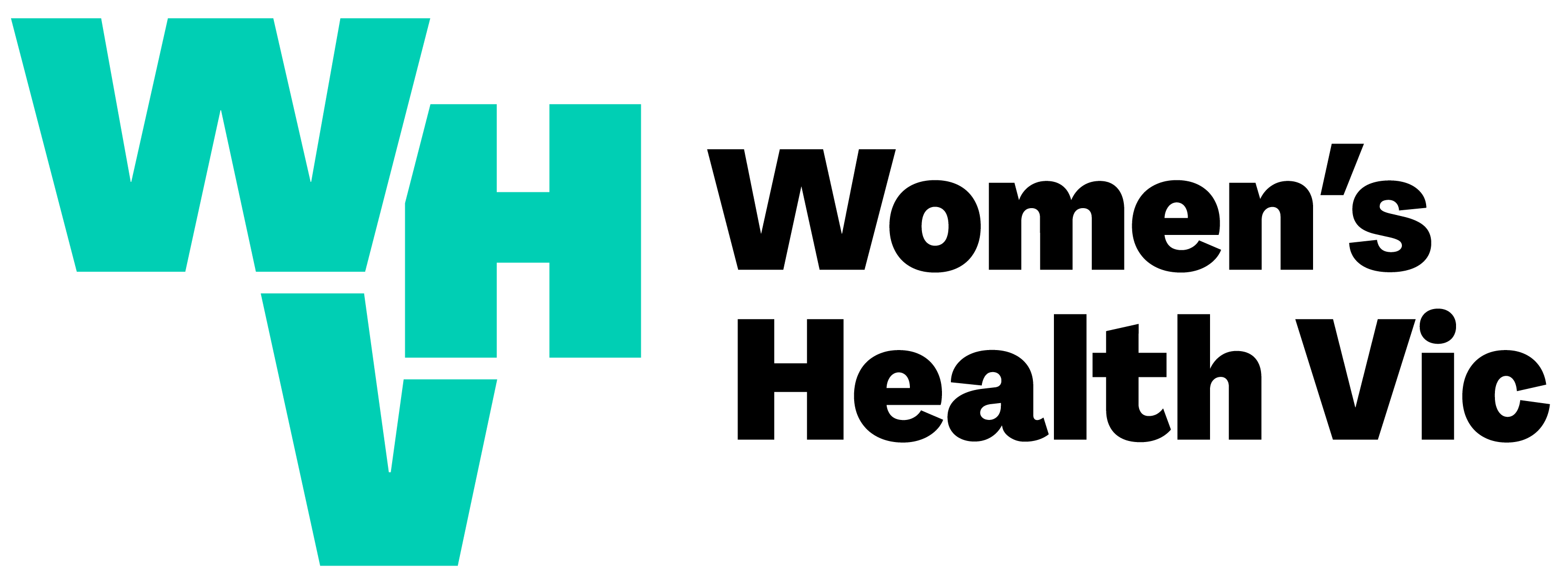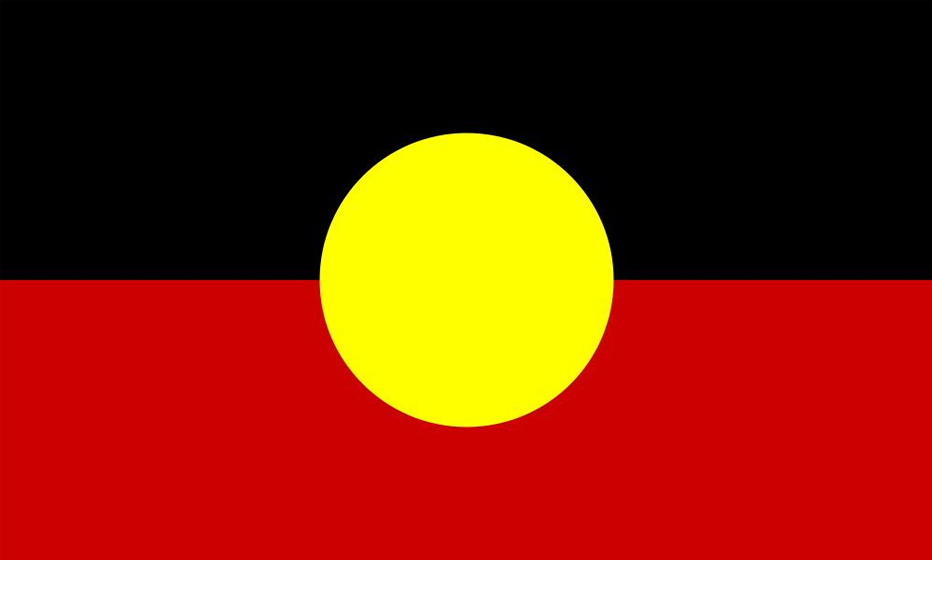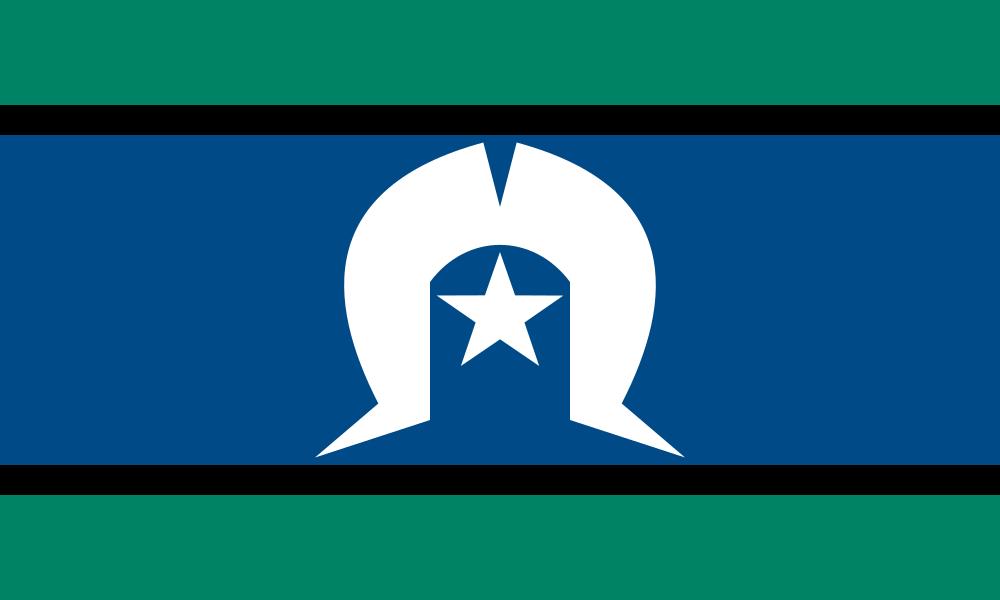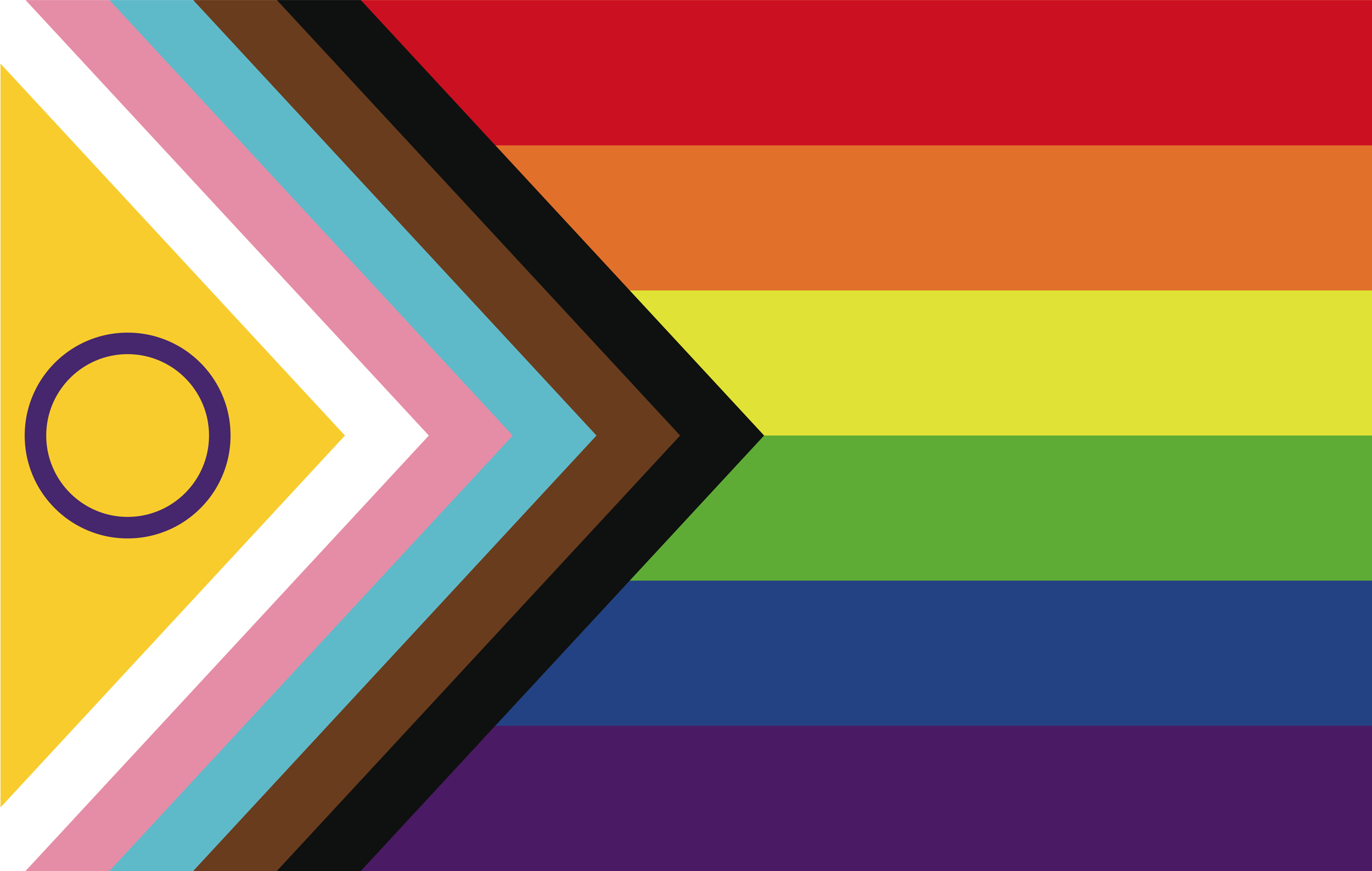Online gendered harassment
This Clearinghouse Connector explores gendered online harassment on social media platforms and includes local and international advocacy and policy work by governments as well as women themselves. It features free up to date resources.
While men and women both experience online harassment, women report much higher rates of online sexual harassment, are targetted for more severe forms of abuse, are more likely to report negative impacts on mental health, and are mostly targeted by male perpetrators.
Gendered online harassment and abuse often targets individuals as a response to feminist activism or perceived feminist gains. It typically involves a large volume of violent and sexually aggressive threats and sometimes lies that cause reputational harm. Some cases have involved impersonations inviting sexual contact, posting of personal details online (doxing) and non-consensual posting of nude photos (image-based sexual exploitation/revenge porn). Gendered online abuse arguably silences women, and undermines their digital citizenship. It is a form of violence against women. Women of colour and the LGBTI community experience very high rates of online harassment.
The online harassment of women is becoming increasingly normalised. One in ten adult Australians have had sexually explicit images of themselves sent to others without consent. Seven out of ten Australian girls believe online harassment is endemic and that receiving unwanted sexually explicit content online is now considered common behaviour.
Women’s experiences of online harassment have often been trivialised and minimised by law enforcement and online platforms, however social media and other online platforms are increasingly reviewing their policies and procedures. Though Australian law has been slow to act, Victoria recently added new sections to the Summary Offences Act 1966 to criminalise the distribution of and/or threats to distribute intimate images. The Senate Legal and Constitutional Affairs References Committee recently released a report recommending federal legislation against image-based sexual exploitation.
This Connector focuses on online harassment of women by people predominantly unknown to them. It does not specifically address the use of technology to perpetrate domestic violence.
Women's Health Victoria (2016) Online gendered harassment. Women's Health Victoria. Melbourne. - (Clearinghouse Connector; May 2016)
